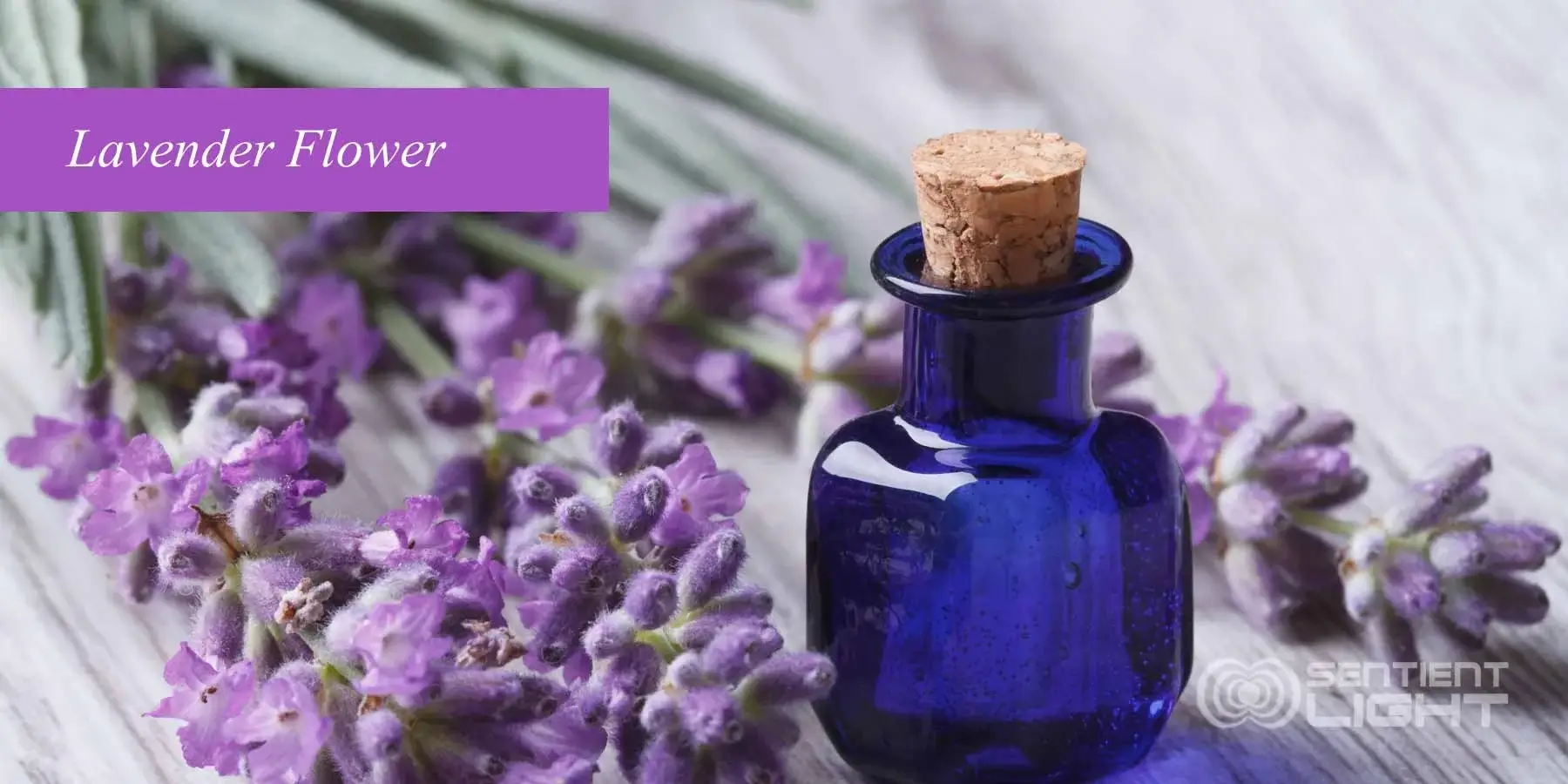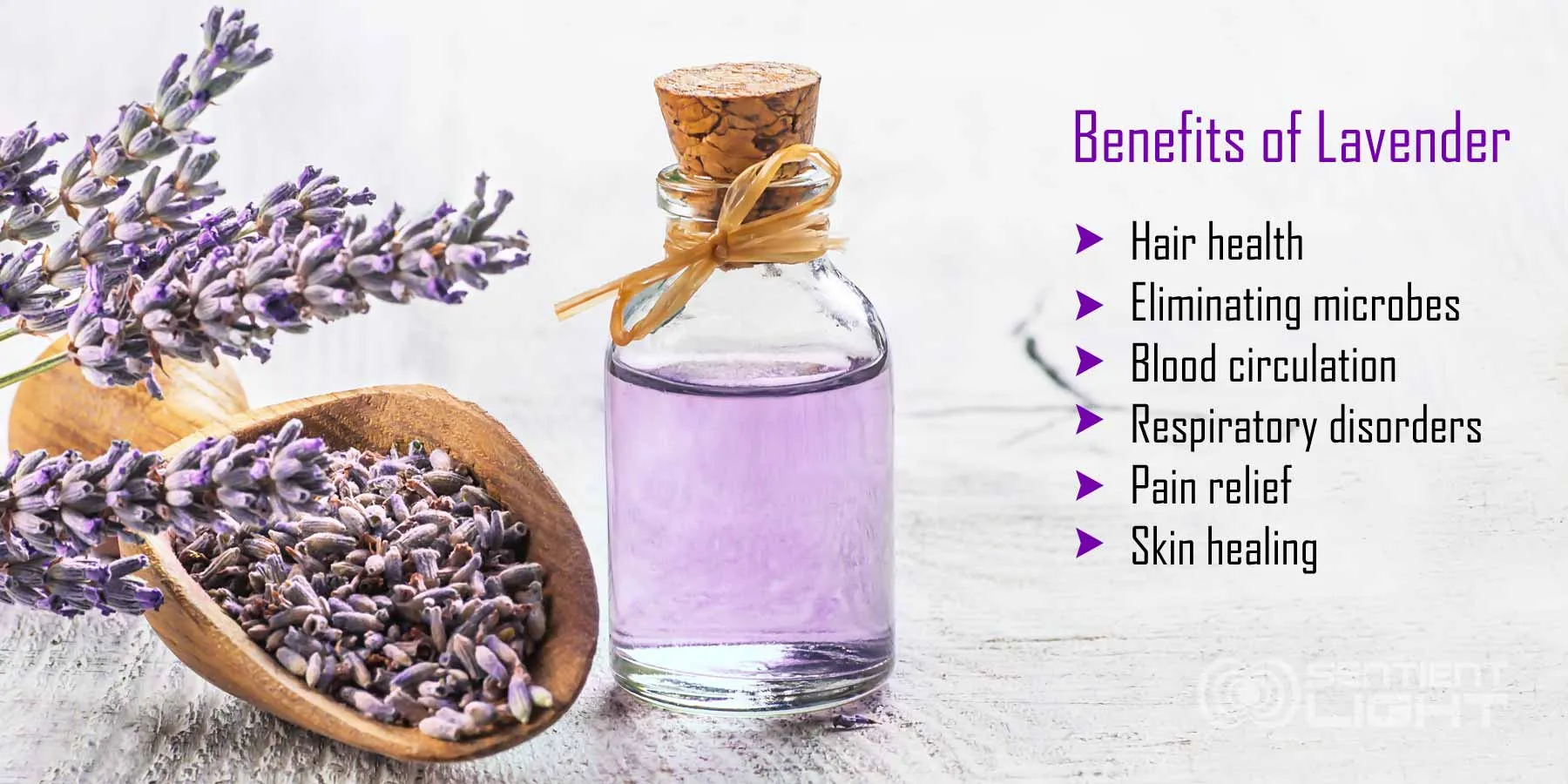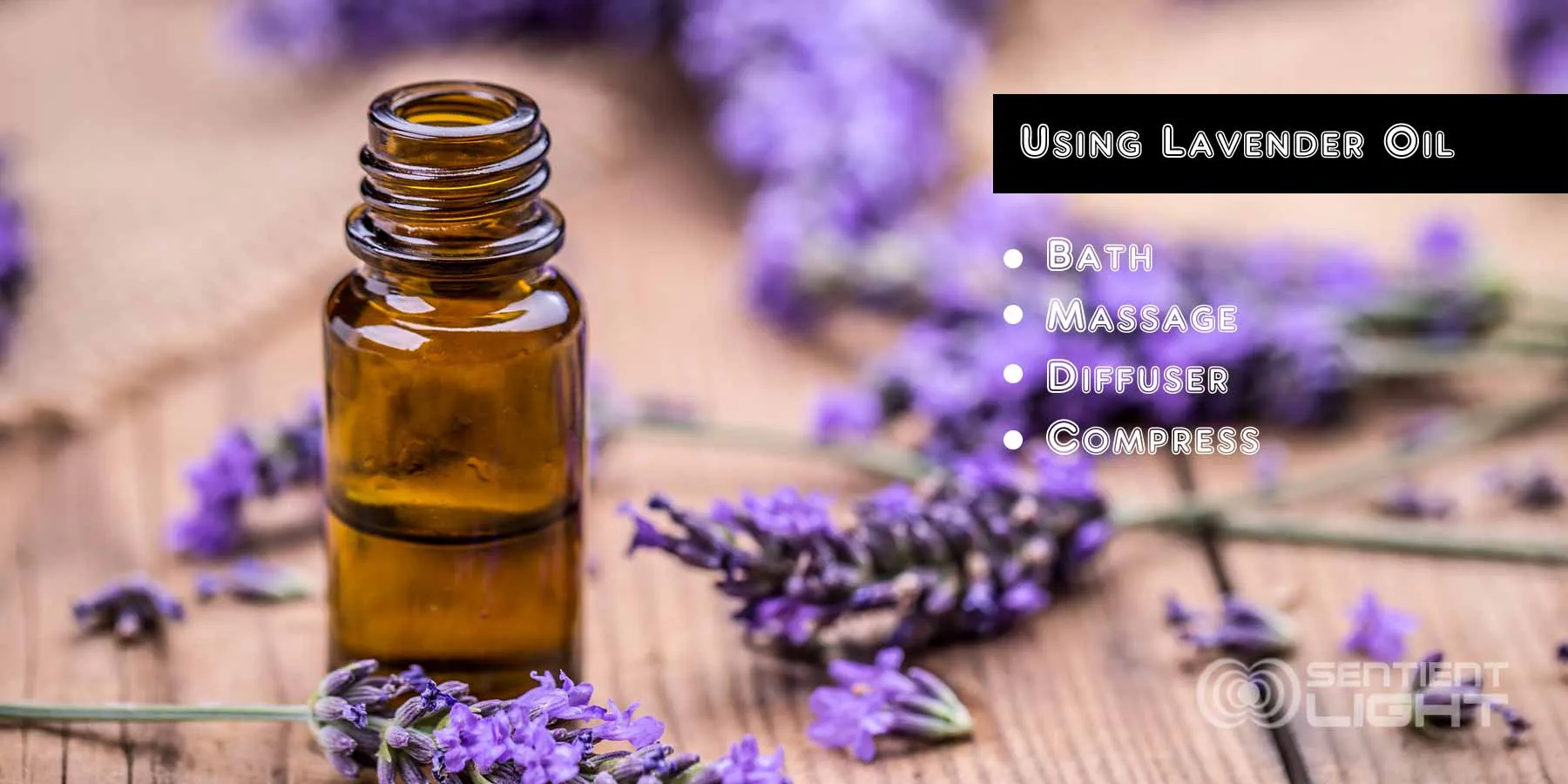Benefits and Uses of Lavender

What is Lavender and where does it come from?
Lavender is a perennial flowering shrub native to North Africa and the Mediterranean region, with a history dating back to more than 2,500 years ago. It has been used by ancient civilizations, such as the Phoenicians, Arabians and Egyptians, for perfumes and mummification. The Greeks, Romans and Persians added it to their bathwater to wash and help purify their skin.
Today, lavender is sold in different forms, and is a common fixture among households and professionals. It can be used in different ways, such as for cooking, home decorations and aromatherapy. Lavender has a sweet, floral, herbaceous and slightly woody scent.
What are some of the benefits of Lavender?

• Hair health — According to a study published in Archives of Dermatology, lavender oil, along with a mixture of other essential oils, may help treat alopecia areata (hair loss), and that it was able to show improvement in 43 percent of the total test participants. In another study that used mice as test subjects, lavender oil exhibited hair growth-promoting effects.
• Eliminating microbes — Research shows that lavender oil possesses antibacterial properties that are effective against 65 different strains, such as E. coli and S. aureus. In addition, it may also help fight fungi.
• Blood circulation — Lavender may help boost proper blood circulation throughout your body.
• Respiratory disorders — If diffused via an inhaler or a vaporizer, lavender essential oil can help treat inflammatory respiratory conditions like asthma.
• Pain relief — Applying lavender essential oil to your muscles may help relieve soreness, joint pain and rheumatism.
• Skin healing — A 2016 study notes that topical application of lavender oil can help promote acceleration of collagen synthesis and differentiation of fibroblasts, thereby promoting wound healing.
What are some of the other uses for Lavender?

Cooking — Dried lavender buds or petals can help enhance the aroma of dishes, most notably desserts and salads. Make sure to grind them finely first before cooking so that when you eat the finished product, you don't have leaves or petals stuck in your mouth. Use them sparingly as well, as they have a powerful flavor and aroma that can overpower the other ingredients in your dish.
• Keeping air fresh and clothes fragrant — Lavender sachets can enrich the atmosphere in your house, making you feel like you live right beside a lavender field in rural France. To liven up your home, you can leave lavender sachets inside your drawer to make your clothes fragrant. Lavender is also a safe insect repellent that may help preserve your prized clothing. Many insects are repelled by Lavender, which makes Lavender and Lavender Oil safe, natural insect repellant choices.
• Home decorating — Lavender flowers are very pleasing to the eye, making them popular choices for home decorations. You can plant them in patterns to create natural borders in your garden, construct a path or grow a hedge.
Growing Lavender

Growing lavender can be easily done in the comfort of your own home. Not only does it provide you easy access to its amazing health benefits, but it also makes your garden look better. To grow lavender, there are three aspects you need to focus on:
• Planting and soil conditions — Plant lavender seeds in an open area that has lots of circulation and full sunlight exposure, spacing them 12 to 18 inches apart. The soil must have a pH between 6.7 and 7.3, and should be well drained. This is important because lavender flowers should not have excess water in the soil, or the quality of the plants will suffer.
As the plants bloom, clip any wilted flowers to maintain the quality and prune them lightly to promote branching. Expect the flowers to fully mature when summer arrives.
• Maintenance — It's important to remember that in growing lavender, you should have an area with a good water circulation system and good air exposure. When watering, always add moderate amounts to prevent excess water from building up. If you're watering during the hot season, add sand to the soil to increase evaporation speed, because humid surroundings can cause fungi growth, causing the plants to deteriorate.
• Harvesting and storage — Once fully mature, you can harvest the flowers at your own leisure. To dry the flowers, gather a group of stems and hang them upside down in a dark, well-ventilated place to prevent molds from growing. In terms of storage, the flowers can maintain their fragrance for months if you harvest them before they entirely open.
Other fun uses for Lavender
Lavender is easy to add to recipes, tastes great and best of all, Lavender smells amazing.
Out of all the various uses lavender is known for; its essential oil form is probably the most popular. Lavender oil is prized for its anti-inflammatory, antifungal and therapeutic benefits. It's rich in esters, which are aromatic molecules that contain antispasmodic, anti-inflammatory and adaptogenic properties.
Making Lavender Essential Oil
Lavender essential oil is manufactured through steam distillation. In this process, lavender flowers are placed over a still and are slowly steamed. Eventually, the steam forces the essential compounds of the flowers to be released in oil form, which is then gathered and packaged.
Using Lavender Essential Oil
There are many ways to apply lavender essential oil. Some of the most commonly used methods include:
• Bath — Adding a few drops of lavender oil to your bathwater may help you experience the therapeutic benefits throughout your body almost instantly.
• Massage — You can apply diluted lavender essential oil directly to your skin and massage it to help feel relaxed. You can use it on athlete's foot and other fungal infections as well to help speed up the healing process. Diluting it with a carrier oil is important because it has a very strong aroma, and an undiluted application can possibly sting your skin.
• Diffuser — You can use a diffuser to help ease any respiratory conditions you might have. This method can help you feel relaxed and may help you breathe easier.
• Compress — Adding lavender oil to a cold towel compress may help ease plant stings caused by poison ivy or stinging nettles.
References:
RELATED POSTS